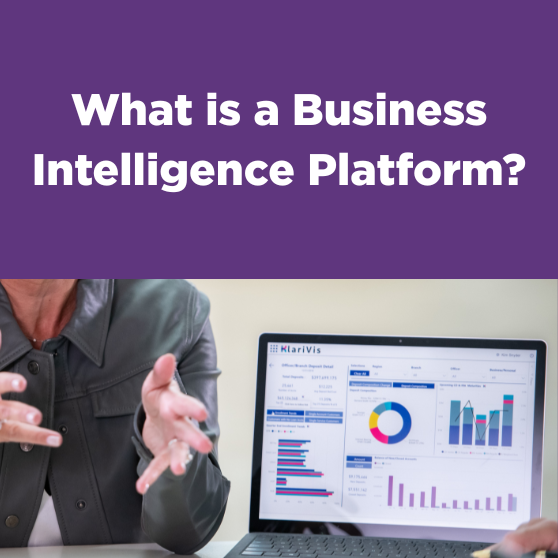The browser you are using is not supported. Please consider using a modern browser.
Article
5 Key Differences Between Static Data & Actionable Data
In a constantly evolving industry, data has become king. This isn’t anything new. Thousands of articles have been written about it, all making the case for banks to leverage the massive volume of data available to them for smarter decisions.
But having data does not automatically correlate to better decisions.
More often, banks are operating with static data that is compiled and periodically updated as-needed. The problem with this method is the pace in which banking changes. Data from 18 months ago, for instance, is already outdated. Consider how quickly the banking environment changed during the pandemic.
This is just the tip of the iceberg. Static data leads to many other challenges for a bank.
Actionable data, however, is flexible and accommodating for the modern bank’s needs, empowering them to not only make strategic decisions but adjust their strategy when needed.
How does static and actionable data differ? And why does it matter for today’s banks?
We’ve outlined five key differences.
- Relevancy
Static data offers a snapshot view of trends over a specific time. Once used, reports are filed away and revisited for historical analysis. While there is value in viewing snapshots, those insights are quickly outdated and become irrelevant.
With actionable data, insights are never outdated, empowering banks to make impactful decisions quickly. When the data changes, banks can pivot accordingly.
- Accuracy
Not only is static data outdated almost immediately, but the process to compile that information is manual and prone to errors. Banks are then making decisions based on information that isn’t always reliable. Even worse, those decisions can be harmful to the bank.
By leveraging actionable data, banks can make decisions backed by accurate, timely insights.
- Accessibility
Compiling data and creating static reports is typically a siloed process. Each department is creating their own reports, using their own data, and making their own mistakes. Ultimately, every area of the bank is left making critical decisions using a different set of data that’s not always accurate.
With actionable data, banks are continuously aggregating high-value data for meaningful insights. This data can then be consolidated in one central location, empowering every department within the institution with access to insights that drive profitability and improve productivity across the entire organization.
- Digestibility
Static data is text-centric and devoid of interactive functionality, rendering dashboard storytelling practically impossible without the bank spending hours interpreting the data. By the time data is turned into actionable insights, it’s likely outdated.
By leveraging actionable data and interactive dashboards, financial institutions can quickly interpret and act upon high-value data.
- Scalability
As banks grow, so does the amount of data. Because of the manual nature in which static data is compiled, banks are unable to scale this process as their institution grows.
With actionable data, data is automatically extracted from a bank’s core system and other ancillary systems. In turn, banks are no longer paralyzed with the mass volume of data generated by various siloed processing systems and the inability to efficiently access that data.
Is your bank still relying on static data?
Learn how KlariVis can help your financial institution turn your data into actionable data. Visit our solutions page or schedule a demo today.



